Cottage Courts: Affordable, Compatible, “Gentle-Density” Housing in Worthington?

There is much discussion in Worthington nowadays about how to provide housing for seniors that is both affordable and compatible (in terms of architecture, density, social permeability) with our established neighborhoods. NCR’s pending proposal for the Historic District’s Stafford Village (tear down existing units at NE corner of Stafford/Hartford, and replace with a three story, 130,000+sf, single structure) is being presented as one option. But a better alternative for Worthington may exist in the form of what are often called “cottage courts” or “pocket neighborhoods.”
The Cottage Court concept was pioneered in the Pacific Northwest and is now extending its reach elsewhere throughout the country (Raleigh, NC, provides a current example: https://raleigh4all.com/cottage-courts/). Perhaps Worthington could give this idea its own distinctive expression, meeting our evolving needs while enhancing our community’s character?
For those focused especially on issues of affordability—and avoiding excessive financial exclusivity—Cottage Courts may be considered “naturally occurring affordable housing” (https://opticosdesign.com/blog/the-missing-middle-affordable-housing-solution/), achieved not through subsidies but by design.
Here’s info on Third Street Cottages (pictured above), the very first pocket neighborhood, built in Langley, WA (https://rosschapin.com/projects/pocket-neighborhoods/third-street-cottages/). Essential design elements include: Nested Houses; Cottage Scale; Living Large in a Small House; Simple materials, but rich in detail; Eyes on the Commons; Corralling the Car; Mailbox Cluster; Individuality; Porch Rooms. Another project, River House (in Healdsburg, CA) (https://www.riverhousehbg.com/cottage-courts), speaks to creating a “more connected” neighborhood that is human-scaled, walkable, and permeable to its surroundings.
Finally, while the proposed NCR project at Stafford Village warrants much more discussion, for now I suggest that a Cottage Court style redevelopment at this site would:
- be far less disruptive for existing residents, our neighbors, many of whom, to say the least, would find forced, offsite relocation to be highly traumatic;
- provide superior livability for existing and future residents, by providing a genuine community experience, harmoniously integrated in to the broader neighborhood, embedded in a green and natural environment on a human scale;
- enhance the Historic District, not degrade it, while setting a positive precedent for other sites throughout our city;
- be affordable, naturally, over the long-term, due to the nature of the smaller, lower-cost structures themselves; and
- provide flexible use in the future, for any demographic, as our society and community evolve over time.
Here’s a few more representative images of what has been built elsewhere. I would expect any Worthington Cottage Court to reflect its own distinctive history, character, and present needs.
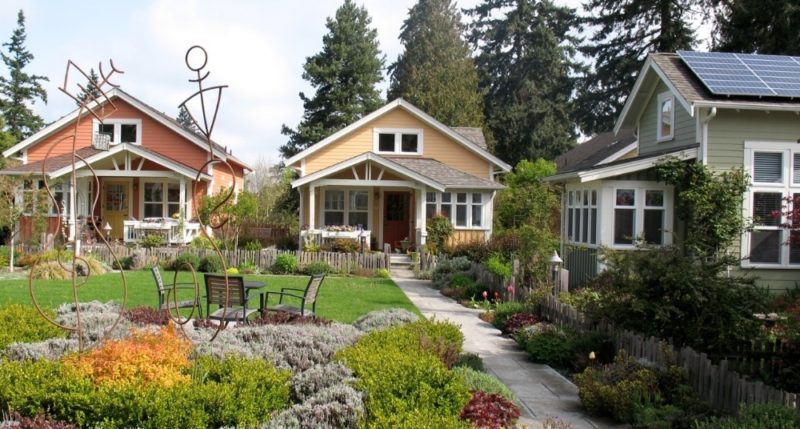
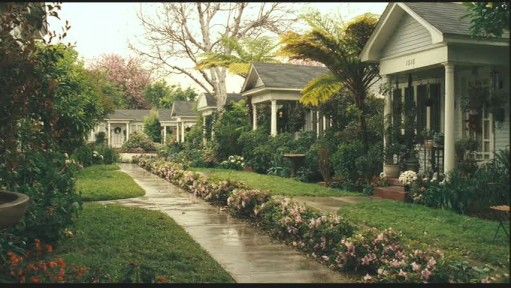
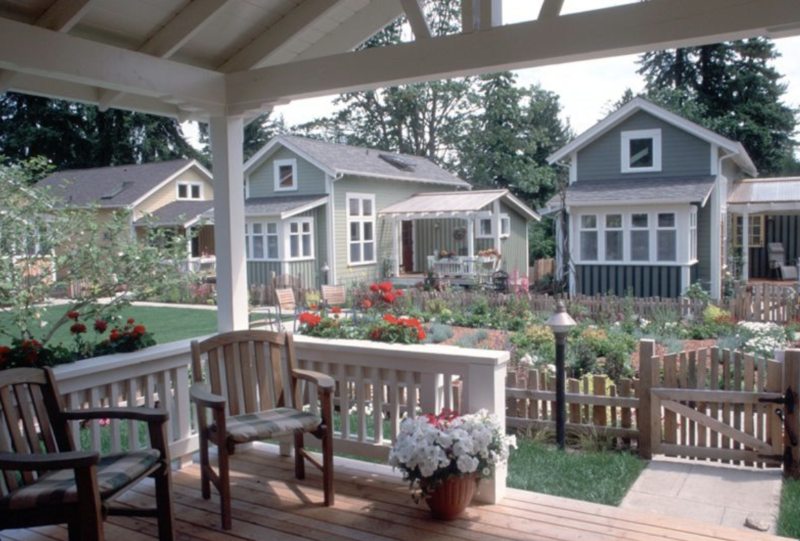
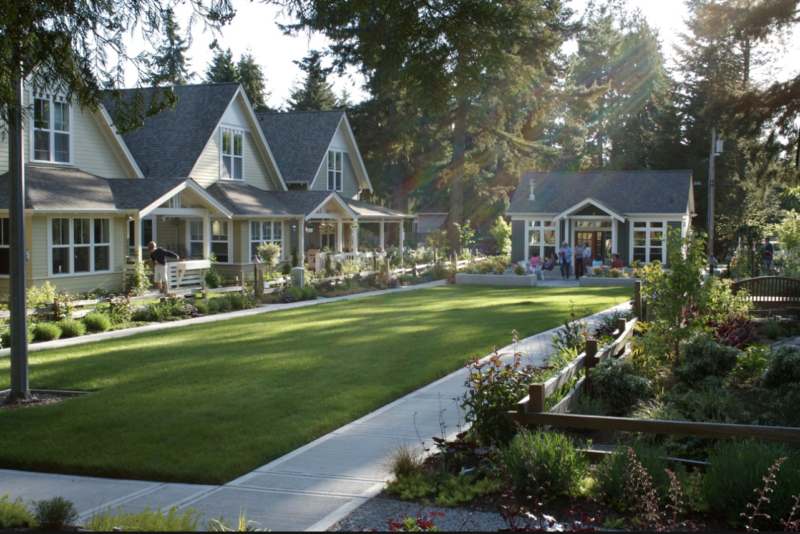
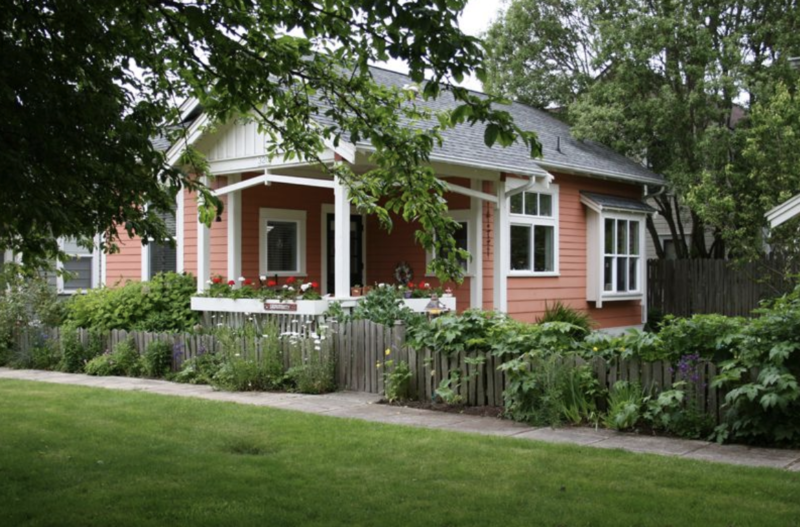
You must be logged in to post a comment.